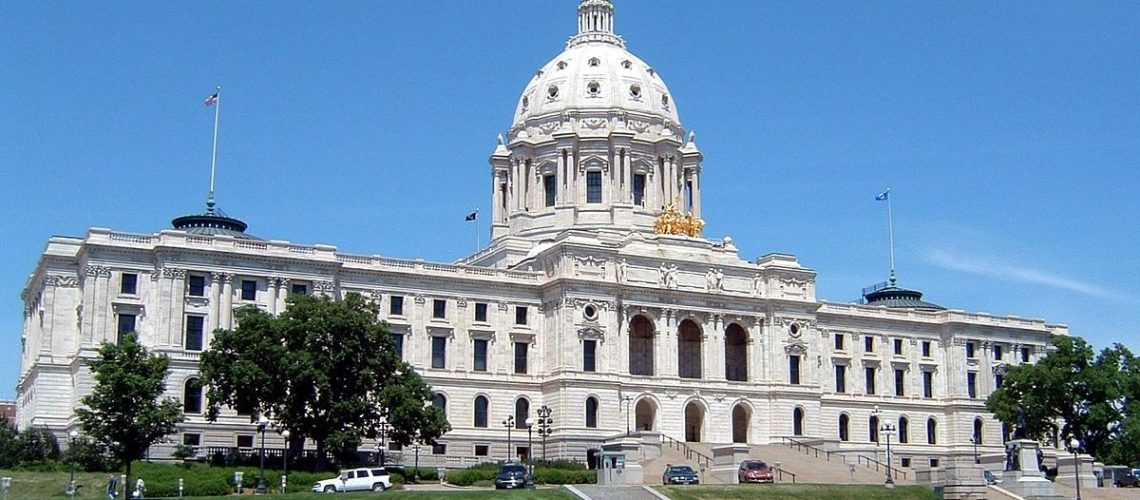The first clean energy standard passed in the nation this year, the Minnesota bill mandates a transition to 100% carbon-free energy by 2040.
The Minnesota legislature passed a 100% clean energy standard this morning, and the bill now goes to the Governor’s desk for signing. Vote Solar’s Jenna Warmuth, regional director for the Midwest told pv magazine that she is very confident that Governor Walz will sign the bill, as it was a part of his campaign platform.
This is a crucial milestone on the road to equitable, economy-wide decarbonization, according to a statement reeased by Vote Solar in support of the legislation.
The bill includes gulidance to the Public Utilities Commission to support jobs, prevailing wage provisions, affordable energy, and more. Once signed into law, Vote Solar said the impacts to Minnesota’s public health, clean energy workforce, and bill affordability will be tangible and widely felt.
The state’s major utilities, Xcel Energy and Minnesota Power, had already “pledged” to be carbon free by 2050. Speeding up that plan by a decade would seem to pose a challenge, however, Warmuth said that the utilities have been very supportive. She said that while the utilities have been working toward being 100% clean energy, the achievement ultimately requires a bit of faith that conditions to support scaling up equitable clean energy will continue to improve. She added that by the time we get to 2040, existing technologies will be more readily available and accessible for all, noting that the passage of this legislation brings the state closer to that goal.
Per the bill, by 2030, Minnesota utilities would need to generate 80% of their electricity with carbon free sources. By 2035, 90% of their electricity would have to be carbon free, and 55% would need to come from renewables such as wind and solar. By 2040, the law would require 100% carbon-free electricity for the state. The bill defines wind and solar power under 100 MW, and defines hydroelectric, hydrogen, and biomass as carbon free. Nuclear power is referenced in the bill, too, and can be considered carbon-free energy, but only after various groups have voted on a resource plan to insure that is in the best interests of the general public.
Warmuth noted that getting to 100% will “take a mix of everything”. Looking at the role of solar in the mix, Minnesota currently ranks 16th in the nation for installed solar capacity, rising rapidly from 29th place in 2021. A study by Vibrant Clean Energy modeled rooftop and smaller-scale distributed energy found that the lowest-cost way for the U.S. to dramatically reduce emissions by 2050 is for about a fifth of our power to be provided by rooftop and local solar power. Today, rooftop and community solar in Minnesota provide about 3.6% of the state’s power overall, according to SEIA. Warmuth noted that “we have a long way to grow in both DG and utility-scale solar,” but that the newly passed clean energy standard creates conditions for that growth to happen.
With the governor’s signature, Minnesota will join 22 states and Washington DC that have already pledged 100% clean electricity, energy, or net zero by various time frames from 2035 through 2050.



